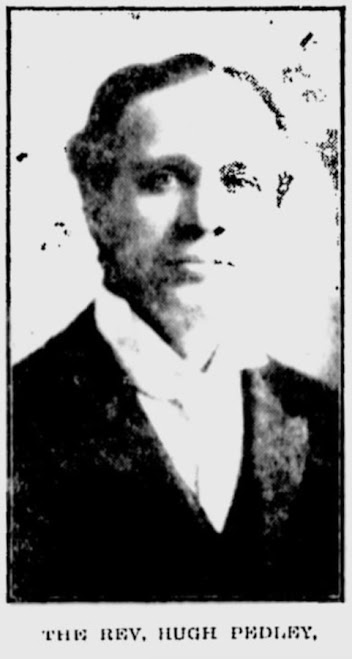 |
| The third of three addendums to the recent post about Martha Ostenso's 1925 bestselling novel. |
The only film adaptation of Wild Geese released during my lifetime, yet I missed its airing on 4 March 2001.
I was the father of a toddler at time.
After the Harvest was a made-for-TV movie. A part of Baton Broadcasting's Canadian Literature Initiative, a very slim, very small bone thrown so as to get the okay for its takeover of CTV. The corporation promised all of one million dollars spread over two years to encourage independent productions. What followed were adaptations of Anna Porter's The Bookfair Murders, the Gail Bowen mysteries Deadly Appearances and Murder at the Mendel, and Murder Most Likely, which was based on the Michael Harris book The Judas Kiss.
The Porter and Bowen books were murder mysteries, Harris's was an investigation into a corrupt RCMP officer who in 1983 tossed his wife off the 17th-storey balcony of their Toronto condo. All four were published in the 'nineties.
Wild Geese, which features no murder, was a seven-decade-old novel. When first published it sat on store shelves alongside Bliss Carman and E. Barrington, not John Grisham and Daniel Steele.
 |
| Detail of a Henry Morgan & Co ad, Montreal Gazette, 19 November 1925. |
The first thing that strikes is the look, which captures the beauty of the Canadian West, using natural lighting to full effect. There are shots that look like paintings come to life. Cinematographer Gregory Middleton would go on to Passchendaele, The Watchmen, and Game of Thrones.
Added to these are extraordinary performances. One expects as much from Sam Shepard, who is perfectly cast as tyrannical, yet dispassionate Caleb Gare. That stare! He commands nearly every scene, as the story demands. Liane Balaband, who plays Lind Archer, is another standout. Her role as "the Teacher" is somewhat greater than in the novel, though I do think CTV's promo reel exaggerates the character's influence:
Finally, there's the script. I've left this for the end because, by necessity, spoilers will follow. Anyone coming fresh to Wild Geese may wish to skip to the After the Harvest YouTube link below.
Read the book, see the movie, and remember they do not tell the exact same story.
According to a Sandra Martin piece in the 3 March 2001 edition of the Globe & Mail, screenwriter Suzette Couture first read Ostenso's novel after having been given a copy by Maggie Siggins when working on the film adaptation of A Canadian Tragedy: JoAnne and Colin Thatcher. Like me, she was hooked.
The first words are uttered by Judith Gare, played by Nadia Litz, as she lies seemingly naked in a wheat field:
LIND: I was just dropped here, they wouldn't take me any further. I'm expected...
John says nothing.
LIND: ... at Caleb Gare's?
JOHN: No one goes up that road.
LIND: Then why do you?
JOHN: I go everywhere. I deliver the mail.
There's the cinematography, the attention to detail, and the acting, but what impresses most is Couture's script. Her dialogue does much to rein in the novel's length, as in this exchange between Lind and Judith:
JUDITH: Caleb's father farmed this land. We're born to it, to live here and die here. It's just the way it is.
LIND: And your mother? She never takes your side with him?
JUDITH: She doesn't care. Not for any of us.
LIND: You really believe that?
JUDITH: What's it to you anyway?
LIND: You don't know me. You don't know anything about me.
JUDITH: Tell me then.
LIND: The man who was supposed to marry me left.
JUDITH: I've heard worse.
LIND: My father's dead.
JUDITH: I call that lucky.
Couture provides Lind with a backstory. That she's Catholic explains why she does not join Caleb in services at Yellow Post's church.
Very clever.
I don't mean to suggest that I'm all in on After the Harvest.
The much criticized ending of Wild Geese is just as contentious in this adaptation. Here Caleb survives the fire to be met with his wife in the final scene. I don't know that it is the perfect ending, but it is superior. Because I think the scene worth watching, I won't quote the dialogue. It begins at the ninety minute mark, pretty much right down to the second, and is just about the best thing I've ever seen from a Canadian television production.
The film can be seen in it's entirety on on Youtube (for now, at least):
I recommend it highly.
























































